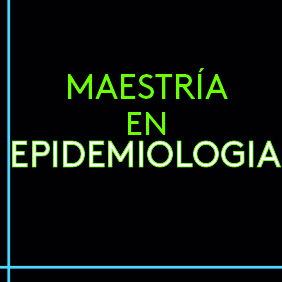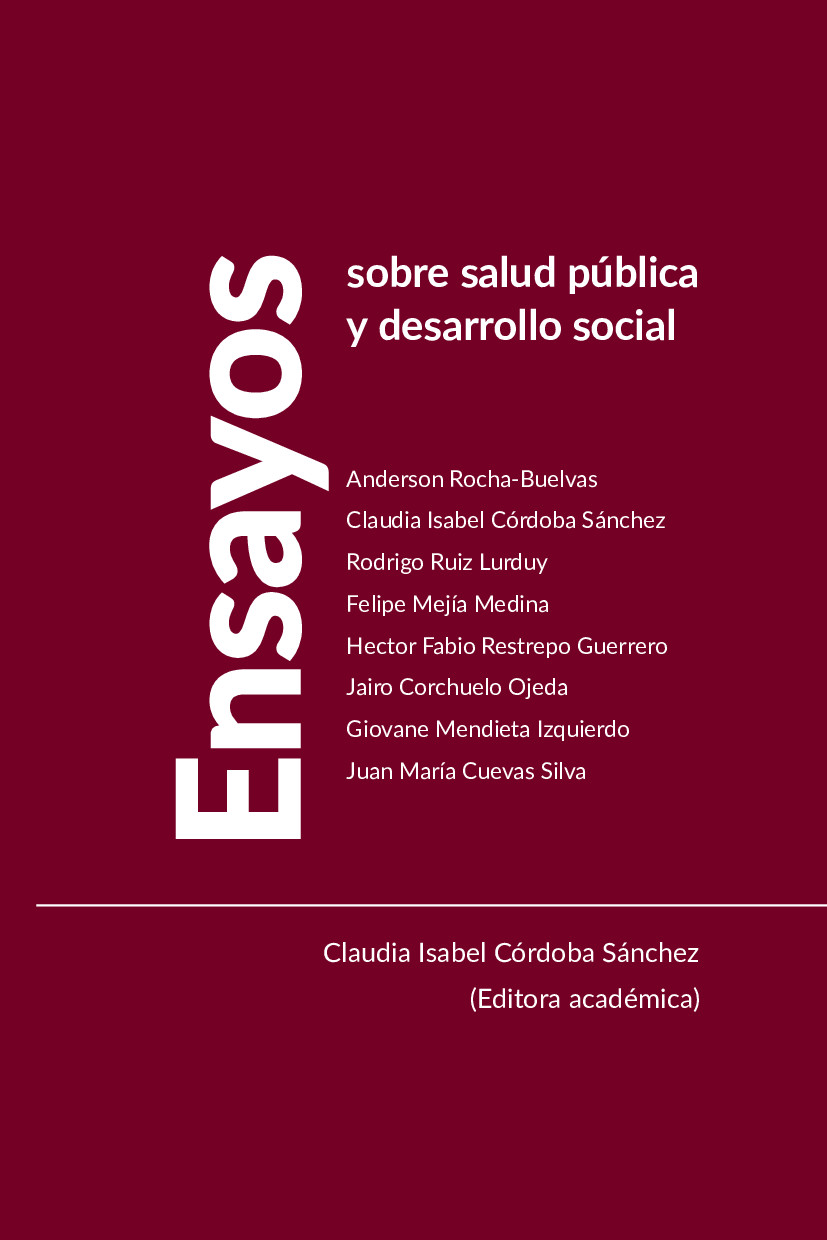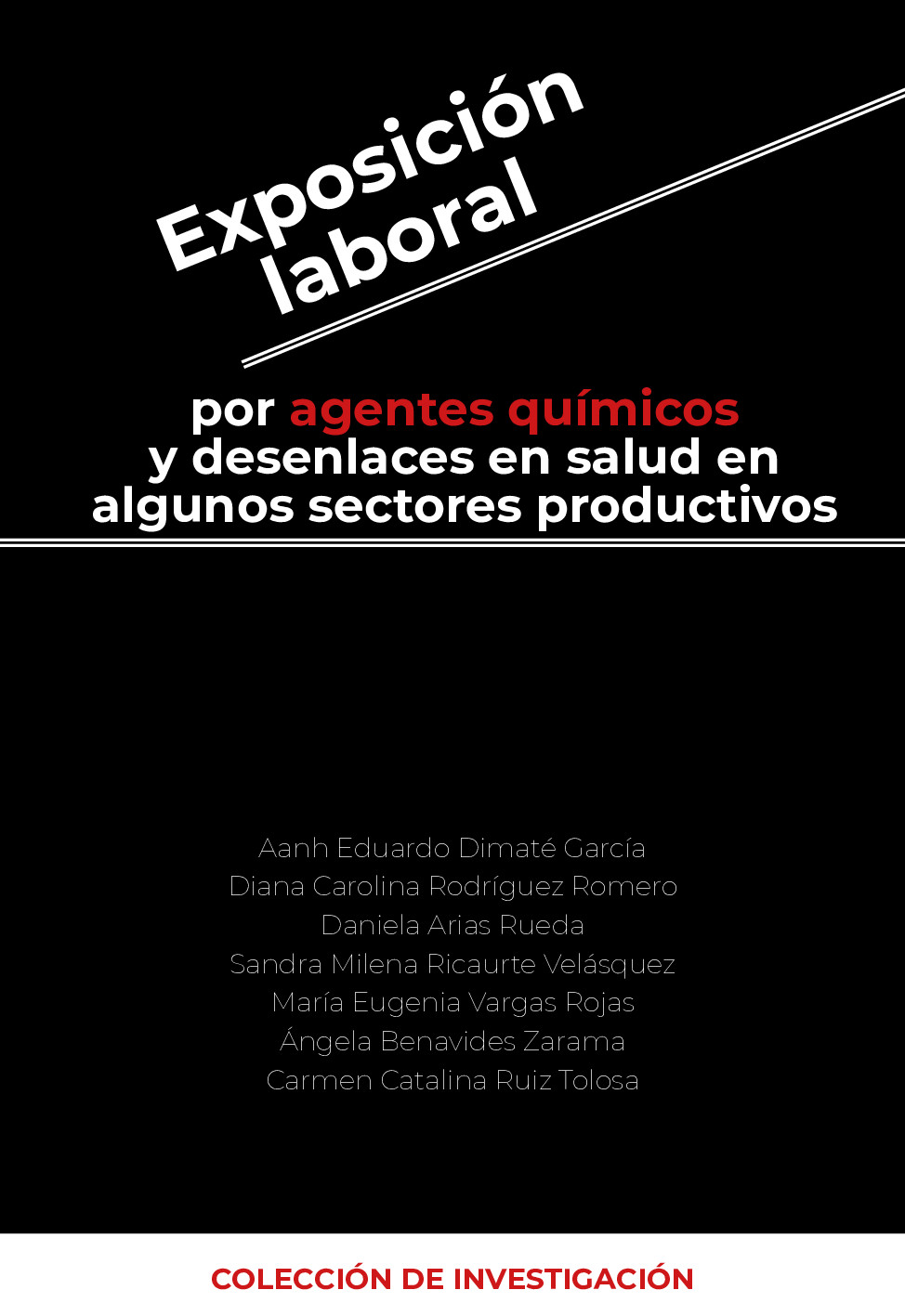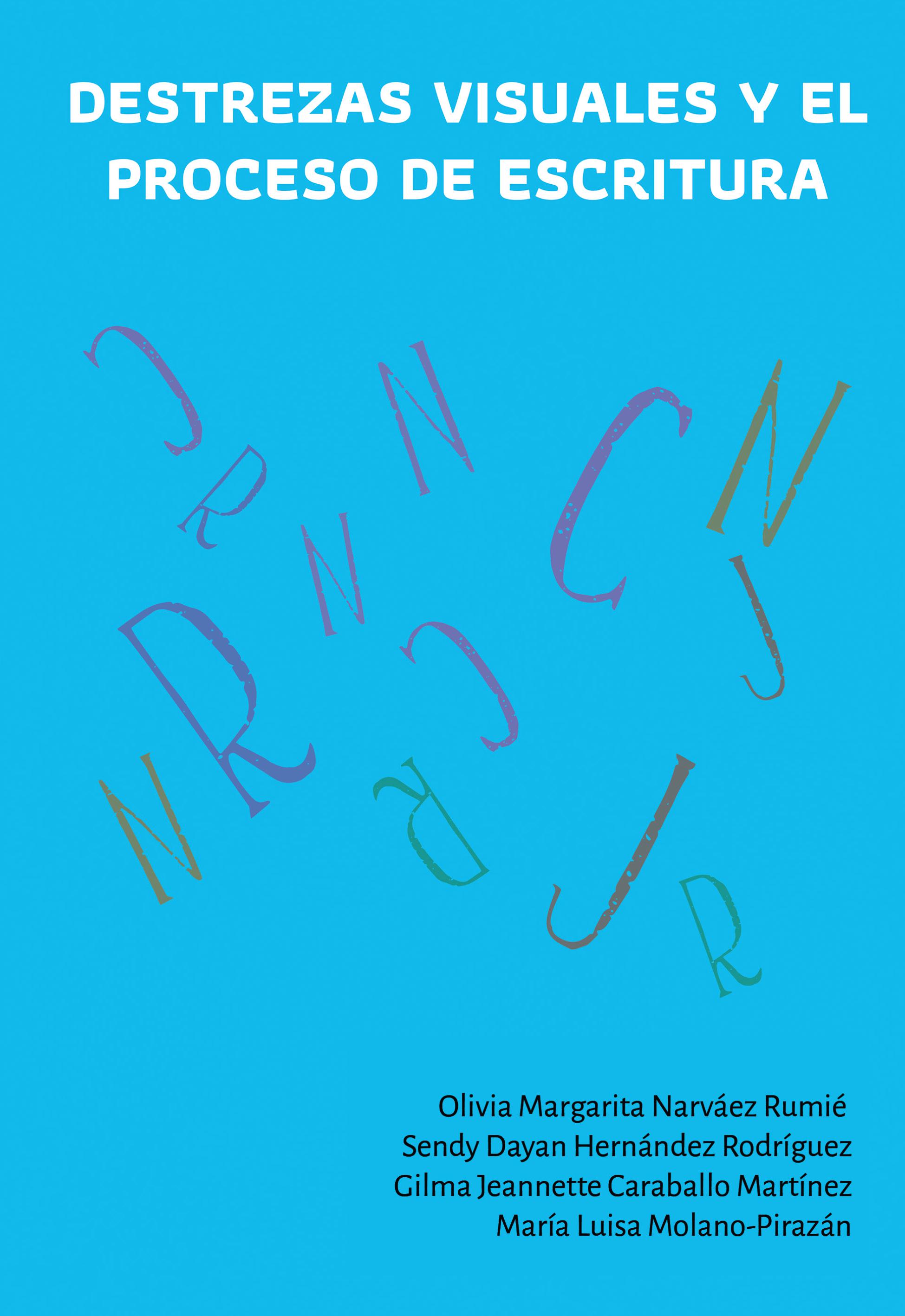Abstract
Introduction: a batch study was carried out for the adsorption of Pb (II) and Ni (II) in binary solution using biomasses from corncob and orange peel.
Methods: the initial concentrations of each metal were varied in 25, 50, 75 and 100 ppm. The adsorption was conducted at pH 6.0 and biomass size of 0.5 mm. Measurements of residual metal concentrations were determined by atomic absorption.
Results: it was found that the initial metal concentration and binary solutions not interfere with the removal percentage of the contaminants, and the Freundlich and Langmuir models provided a good fit of the experimental data.
Conclusion: it was also established that the metal antagonistic action changes according to the biomass used, being the capacity of Ni (II)>Pb (II) for the corncob biomass, and Pb (II)> Ni (II) for the orange peels.
Keywords:
Licence
Authors should declare no conflicts of interest either for reasons of financing the project which is the result of the article; as well as intellectuals, academics, moral and investigative reasons.
The Journal of Andean Research is home to the ethical rules for publications issued by the COPE: http://publicationethics.org/resources/code-conduct
References
2. Anayurt R A, Sari A, Tuzen M. Equilibrium, thermodynamic and kinetic studies on biosorption of Pb(II) and Cd(II) from aqueous solution by macrofungus (Lactarius scrobiculatus) biomass. Journal Chemical Engineering. 2009; 151 (1-3): 255-261.
3. Sotero-Solís V, Alva-Astudillo M. Contenido de metales pesados en agua y sedimento en el bajo Nanay. Ciencamaz (Iquitos). 2013; 3(1): 24-32.
4. Taha S, Ricordel S, Cisse I. Kinetic study and modeling of heavy metals removal by adsorption onto peanut husks incinerated residues. Energy Procedia. 2011; 6:143–152.
5. Li Z, Wu L, Liu H, Lan H, Qua J. Improvement of aqueous mercury adsorption on activated coke by thiol-functionalization. Chemical Engineering Journal. 2013; 228: 925–934.
6. Cardona-Gutiérrez A F, Cabañas-Vargas D D, Zepeda-Pedreguera A. Evaluación del poder biosorbente de cáscara de naranja para la eliminación de metales pesados, Pb (II) y Zn (II). Revista Académica de la Facultad de Ingeniería, Universidad Autónoma de Yucatán. 2013; 17 (1):1-9.
7. Sala L, García S, González M, Frascaroli S, Bellu F, Mangiameli R, Blanes M, Mogetta V, Andreu A, Atria J, Peregrin J. Biosorción para la eliminación de metales pesados en aguas de desecho. Real Sociedad Española de Química. 2010; 106 (2): 114-120.
8. Duarte E, Oliveros J, Jaramillo B. Remoción de cromo de aguas residuales de curtiembres usando quitosan obtenido de desechos de camarón. Scientia et Technica Año XV. 2009; 42: 290- 295.
9. Fiorentin L, Trigueros D, Modenes A, Espinoza-Quiñones F, Pereira N, Barros S, Santos O. Biosorption of reactive blue 5G dye onto drying orange bagasse in batch system: kinetic and equilibrium modeling. Chemical Engineering Journal. 2010; 163: 68–77.
10. Mao J, Won S W, Vijayaraghavan K, Yun Y S. Surface modification of Coryne bacterium glutamicum for enhanced Reactive Red 4 biosorption. Bioresource Technology. 2009; 100: 1463–1466.
11. Soetaredjo F, Kurniawan A, Ki O, Ismadji S. Incorporation of selectivity factor in modeling binary component adsorption isotherms for heavy metals-biomass system. Chemical Engineering Journal. 2013; 219: 137–148.
12. Zhu Y, Hu J, Wang J. Competitive adsorption of Pb(II), Cu(II) and Zn(II) onto xanthate-modified magnetic chitosan. Journal of Hazardous Materials. 2012; 221–222: 155– 161
13. Hossain M A, Ngo H N, Guo W S, Nghiem L D, Hai F I, Vigneswaran S, Nguyen T V. Competitive adsorption of metals on cabbage waste from multi-metal solutions. Bioresource Technology. 2014; 160: 79-88
14. Mahamadi C, Nharingo T. Competitive adsorption of Pb2+, Cd2+ and Zn2+ ions onto Eichhornia crassipesin binary and ternary systems. Bioresource Technology. 2010; 101: 859–864.
15. Pinzón-Bedoya M L, Vera-Villamizar L E. Modelamiento de la cinética de bioadsorción de Cr (III) usando cáscara de naranja. Dyna. 2009; 76 (160): 95-106.
16. Vallejo K D. Estudio de la adsorción de Cd (II) y Pb (II), usando como adsorbente la ulva lactuca (lechuga de mar) modalidad de investigación. (Trabajo de grado presentado como requisito parcial para optar al título de licenciada en química). 2008. Universidad de Oriente, Nú- cleo de Sucre, Cumaná, Venezuela.
17. Tejada C, Villabona Á, Ruiz V. Biomasa residual para remoción de mercurio y cadmio: una revisión. Ingenium. 2012; 6 (14): 11-21.
18. Liang S, Guo X, Feng N, Tian Q. Isotherms, kinetics and thermodynamic studies of adsorption of Cu2+ from aqueous solutions by Mg2+/K+ type orange peel adsorbents. Journal of Hazardous Materials. 2010; 174: 756–762.
19. Njikam E, Schiewer S. Optimization and kinetic modeling of cadmium desorption from citrus peels: A process for biosorbent regeneration. Journal of Hazardous Materials. 2012; 213– 214: 242–248.
20. Alves L V, Gil L F. Adsorption of Cu(II), Cd(II) and Pb(II) from aqueous single metal solutions by succinylated twice-mercerized sugarcane bagasse functionalized with triethylenetetramine. Water research. 2009; 43: 4479-4488.
21. Kumar P S, Ramalingam S, Kiruphac S D, Murugesan A, Vidhyadevi T, Sivanesan S. Adsorption behavior of nickel (II) onto cashew nut shell: Equilibrium, thermodynamics, kinetics, mechanism and process design. Chemical Engineering Journal. 2011; 167: 122–131.

 PDF (Español (España))
PDF (Español (España))
 FLIP
FLIP

















